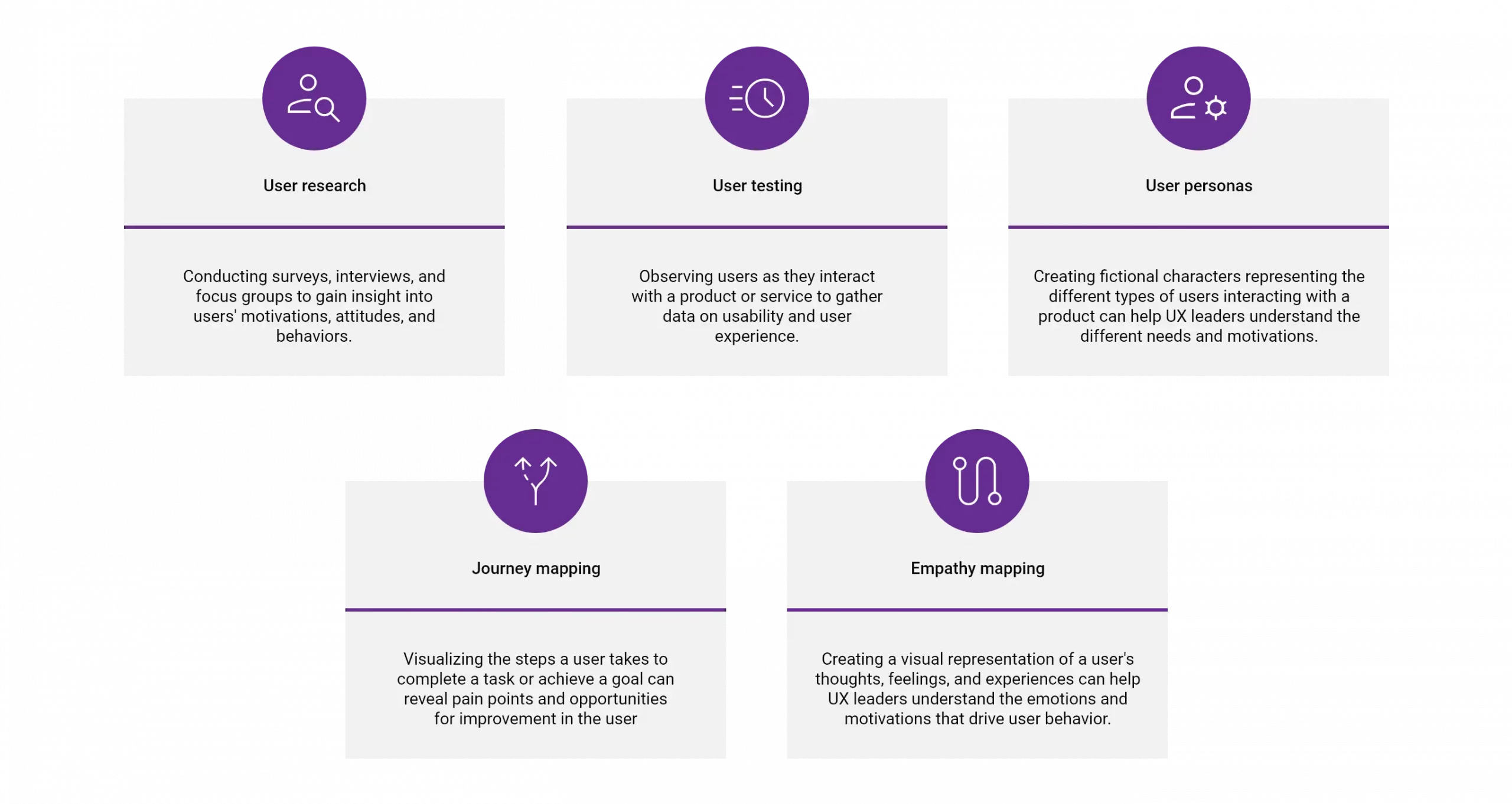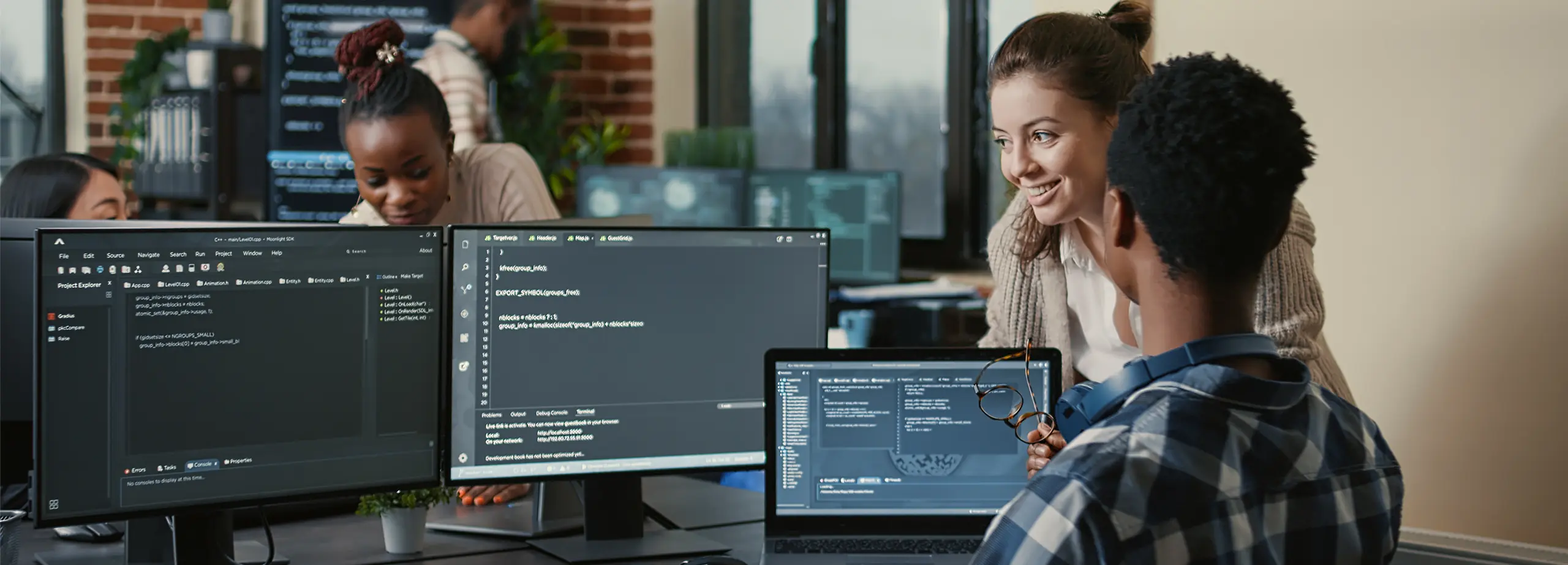The human experience is a complex and multi-faceted concept that can be influenced by various cultural, social, psychological, and biological factors. How people experience things positively and negatively can significantly impact their behavior and decision-making. In this blog, we will explore how tapping into user psychology and behaviors can help to create better user experiences.
The field of psychology has long been interested in studying human experience and behavior. One of the main areas of focus is understanding how people perceive, process, and respond to information. By gaining insight into these processes, designers and product teams can create better user experiences that are more aligned with the needs and motivations of their users.
Attention
One way to tap into user psychology is by understanding the concept of attention. Attention is a limited resource, and people constantly decide what to pay attention to in their environment. For example, when reading a book, we must focus on the words on the page rather than the sounds around us. Similarly, when using a digital product, we must choose what to focus on and ignore.
Designers can use this understanding of attention to guide users through a product or website in a way that makes sense. This can be achieved through clear hierarchy and visual cues that help to direct users’ focus. For example, by using a bold font or bright color for the most essential information, designers can draw users’ attention to the most critical parts of a page. Additionally, by reducing clutter and distractions, designers can help users to focus on the task at hand, making the customer experience more enjoyable and efficient.
Motivation
Another area of psychology that can be applied to user experience is motivation. People are driven by various factors, such as the desire for achievement, recognition, social connection, and self-expression. By understanding what motivates users, designers can create experiences that tap into those needs and provide a more fulfilling experience.
For example, gamification is a popular technique for tapping into users’ motivations. By adding game-like elements to a product or website, such as points, badges, and leaderboards, designers can encourage users to engage with the product in a more fun and rewarding way. Gamification can also help users reach their goals and improve their skills. By setting up challenges and providing rewards for success, designers can encourage users to continue using the product and progress toward their goals.
Social Psychology
Social psychology is another area of psychology that can be applied to user experience. Humans are social creatures, and how people interact with others can significantly impact their experience. By understanding the dynamics of social interaction, designers can create products and websites that facilitate positive social interactions and build a sense of community.
For example, social media platforms are designed to facilitate social interaction by allowing users to connect with others, share content, and engage in conversations. The ability to like, comment, and share content on these platforms can also create a sense of community by providing users with a sense of connection and recognition. Additionally, social media platforms can also be used to build communities around specific interests or causes, providing users with a sense of belonging and a shared sense of purpose.
What we do at TVS Next to understand users

Conclusion
In conclusion, tapping into user psychology and behaviors can help designers to create better user experiences. By understanding how people perceive, process, and respond to information, designers can create products and websites that are more aligned with the needs and motivations of their users. By incorporating elements of attention, motivation, and social psychology, designers can create experiences that are enjoyable, efficient, and fulfilling. By doing so, they can help to create a more positive and meaningful human experience.










